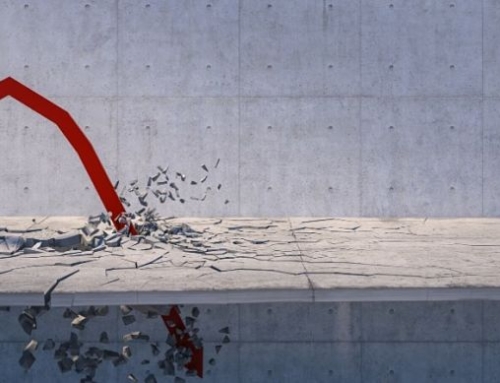Protocol.
What is it?
The best way to explain it is to provide a wonderful example.
In the late 1930s, FDR called General George C. Marshall, his Chief of Staff, into the White House. As I remember, FDR started the conversation with “George…”, an informal tact. Marshall cut off the president correcting him, “Mr. President, it’s ‘General.'”
There’s a lot to be learned in that slight change. First, this is business for the good of the Country; then, it has nothing to do with personal desires or favors. It wasn’t George Marshall talking to Franklin Roosevelt. It was the General talking to the President. Their personal beliefs had little to add to such a setting that Marshall defined.
General Marshall is oftentimes credited for developing The Marshall Plan, a plan to rebuild Europe, and other countries, after WW2 in 1947. Yet, ‘protocol’ returned Marshall to government service and the naming of the Marshall Plan.
In President Truman’s autobiography, Truman states that he, Truman, had come up with the plan to rebuild Europe. Truman, at the time called the Accidental President, understood that he didn’t have the very high degree of respect needed to get his plan through Congress so he asked Marshall to promote the plan throughout the USA. The Marshall Plan was much more salable than The Truman Plan.
Marshall had planned to retire as Secretary of State. And, the protocol of the time, at least for the military was, when the President asks for your service, you report for duty. And, Marshall preferred that it not be called his plan. Out of duty and protocol, the Marshall Plan became the game-changing success that is frequently referenced as a standard of excellence.
Today’s informality might very well be a step backward.
Rich Meyer, Author & Blogger
Recommended Reading
The Accidental President
The Marshall Plan: Dawn of the Cold War
George Marshall: A Biography







